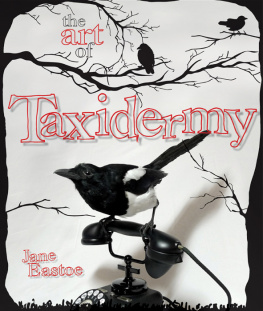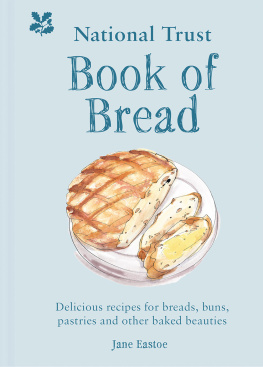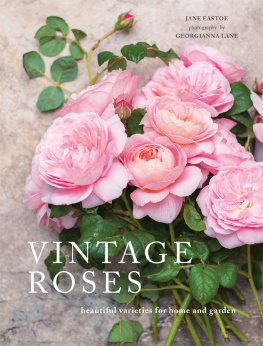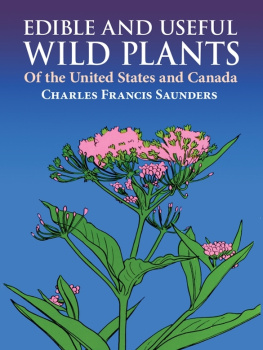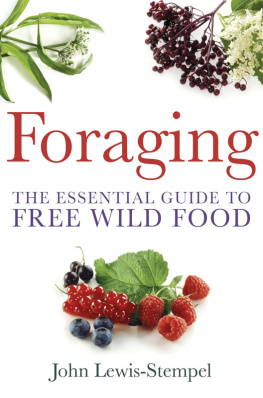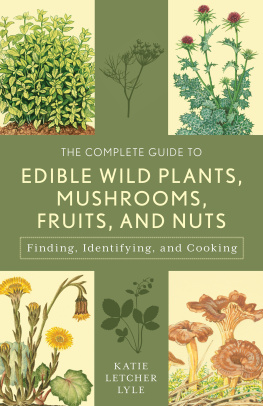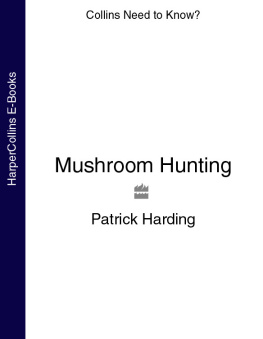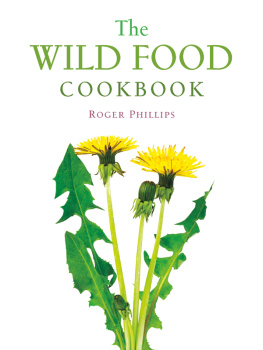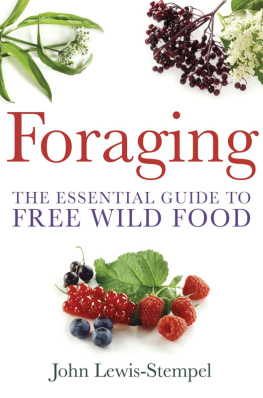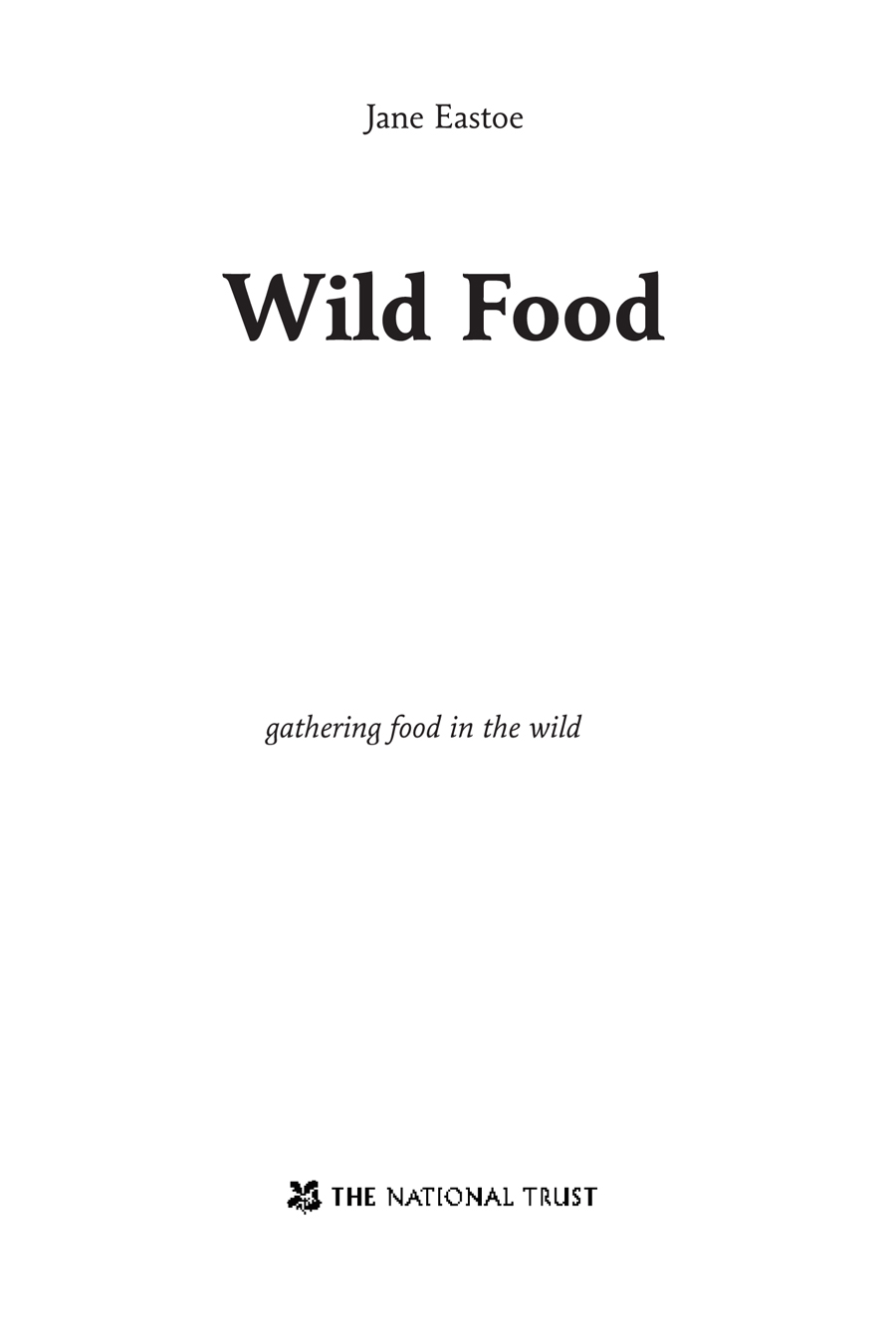
First published in the United Kingdom in 2008
by National Trust Books
10 Southcombe Street
London W14 0RA
An imprint of Anova Books Company Ltd
Copyright National Trust Books, 2008
Text copyright Jane Eastoe
All rights reserved. No part of this publication may be reproduced, stored in a retrieval system, or transmitted in any form or by any means electronic, mechanical, photocopying, recording or otherwise, without the prior written permission of the copyright owner.
First eBook publication 2013 eBook ISBN: 978-1907892653
Also available in hardback Hardback ISBN: 9781905400591
The print edition of this book can be ordered direct from the publisher at the website www.anovabooks.com, or try your local bookshop. Also available at National Trust shops, including www.nationaltrustbooks.co.uk.
ADVISORY NOTE
Reasonable care has been taken to ensure the accuracy of the information and processes relating to edible wild plants, fungi, seafood and roadkill contained within this book however the information contained herein is of general interest and in no way replaces professional advice as to the relative safety of eating such foods. If you have any doubts whatsoever about your identification of wild plants or fungi, or whether any wild animal is fit for human consumption, do not eat it.
Neither the author, the publishers nor the National Trust make any warranties as to the safety or legality of consuming any wild foods. Any liability for inaccuracies or errors relating to the material contained within the book is expressly excluded to the fullest extent permitted by law. Reasonable care has been taken to ensure that information relating to laws and regulations reflects the general state of the law as understood by the author at the time of going to press. The author, publishers and National Trust make no warranties as to the accuracy of this information and exclude liability to the fullest extent of the law for any consequences resulting from reliance upon it.
INTRODUCTION
I n our frenetic modern lives growing your own is, for many, a distant fantasy that simply cannot, despite best intentions, always be realised. Supermarkets are open 24 hours a day and seven days a week, their shelves groaning with produce that makes a mockery of the concept of seasonal food. Piling the trolley high simply does not fulfil our most basic hunter-gatherer instincts though of course it does perform that essential task of allowing us to feed the family and we are becoming, quite literally, totally distant from our food source, often many thousands of air miles distant.
It turns shopping into a somewhat guilty experience for the conscientious buyer. Are those delicious plump, red strawberries English, or have they been flown in from Portugal? Is cauliflower seasonal in August? Should I buy another bag of ultra-convenient washed salad greens when I know there are already two mouldering in the recesses of the refrigerator, way past their best-by date? Why do I have to buy jam when my mother managed to make it?
Apart from trying to buy food locally and seasonally, or throwing ourselves into full-time fruit and vegetable production with a couple of pigs and a few chickens, it is very hard to keep in touch with our natural food sources.
In fact most of us are overlooking a wonderful food supply, one that satisfies us personally and, in a very small way, benefits us financially: the wild larder. We have become so out of touch with food that we no longer recognise wild food as something we can utilise. If it isnt shrink wrapped and in a protective plastic container then how can we be sure it is safe to eat? I am not suggesting that gathering some wild greens, or picking fruit, nuts or fungi is in any way going to make you fully self-sufficient, or completely replace the weekly trip to the supermarket. What it does do is put you back in touch with nature and introduce you to new tastes. It allows you, for once, to have a glut of food that can be used creatively.
THE WILD LARDER

Do many people buy fruit from the supermarket to make jams or jellies? No, jam and jelly making is all about utilising natures excess and you only get that when you grow your own or collect from the wild.
I have to confess to a parsimonious streak that utterly delights in the concept of getting food for free. It is a frankly naughty pleasure, as though I have stolen something. I always feel furtive as I waddle along, pockets heavy with wild plums or bullace, or drift by with armfuls of elderflower or elderberries. It is so rare in this day and age to get something for nothing that it feels forbidden.
Similarly I am exasperated by the wicked waste of all this delicious food when it is left to rot: piles of cob nuts on the forest floor, damsons scattered all over the road, bank upon bank of celery-flavoured Alexanders that remains untouched by human hand. So much food going to waste and why?
Gathering wild flowers, leaves and fruits is not the sole preserve of the country dweller. We all have days out to the country, annual holidays, visits to relatives: you can use these occasions to gather what you can and you will be reliant on nature and season to provide. Moreover many urban footpaths, churchyards and even gardens are mini nature reserves, packed with wild flowers and fruit if you did but realise it.
We have lost so much of the knowledge that our forebears took for granted. For instance, there are many plant leaves that can be collected and added to salads or cooked as a vegetable. Common garden weeds such as nettles, ground elder and chickweed are all delicious and nutritious and you certainly dont have to live in the countryside to find them. We regard many plants as poisonous and view any seed or berry with suspicion, but we arent always sure of the facts. Are the seeds of the yellow laburnum flower poisonous? What about the red berries of the yew? In fact, all parts of the laburnum are poisonous, seeds, flowers, the lot, and all parts of the yew are poisonous except the sweet and succulent red aril the red fleshy bit of the berry which is completely toxin free (the seeds within it are poisonous however and should be removed before eating).
We hunt for crabs and cockles and examine seaweed on the beach, but do we ever do anything with them or do we then go and buy some from a local fish market? What about the fungi we all see, sometimes in the garden, often in woods. Why do so many of us walk past without ever taking one or two home for dinner? Mostly it is fear; we dont recognise the weed, fungi or berry, or know whether or not that dead pheasant in the road is safe to eat. All of which can be easily rectified.
I enjoy teaching my children what is what and putting their small hands to good use. A child who has never had fingers stained purple-black from picking blackberries has missed one of lifes great experiences. There is something about the process that lodges in childhood brains and is dredged up as an idyllic memory of long summer days. Equally, however, I treasure time alone collecting. The perfect repetition of gathering wild food allows the mind to relax you cant fret about household chores, work or make to do lists when hunting and gathering.
THE GOURMET GATHERERS



